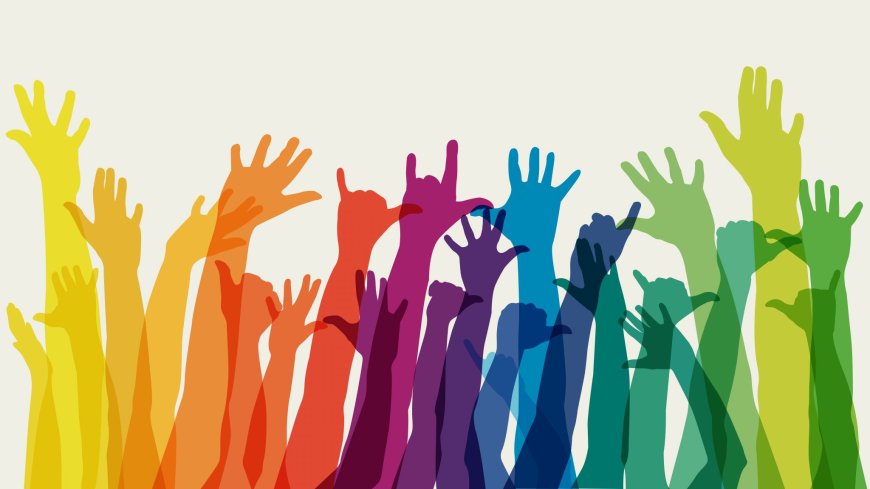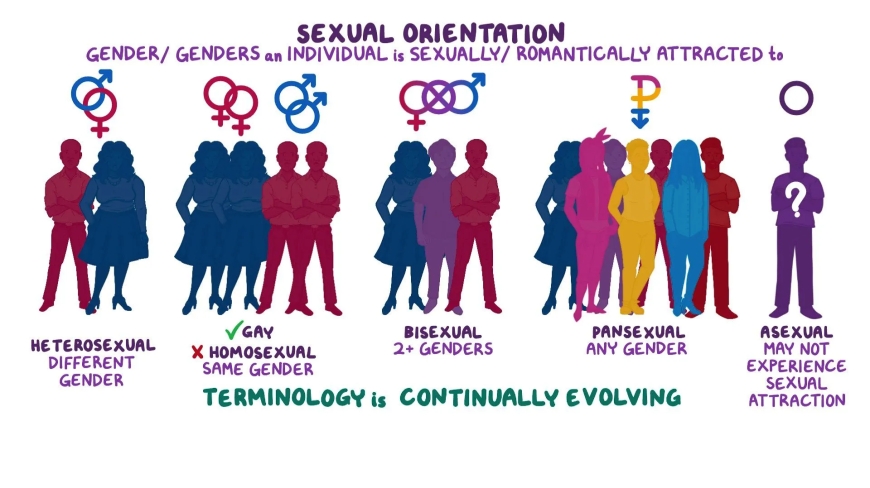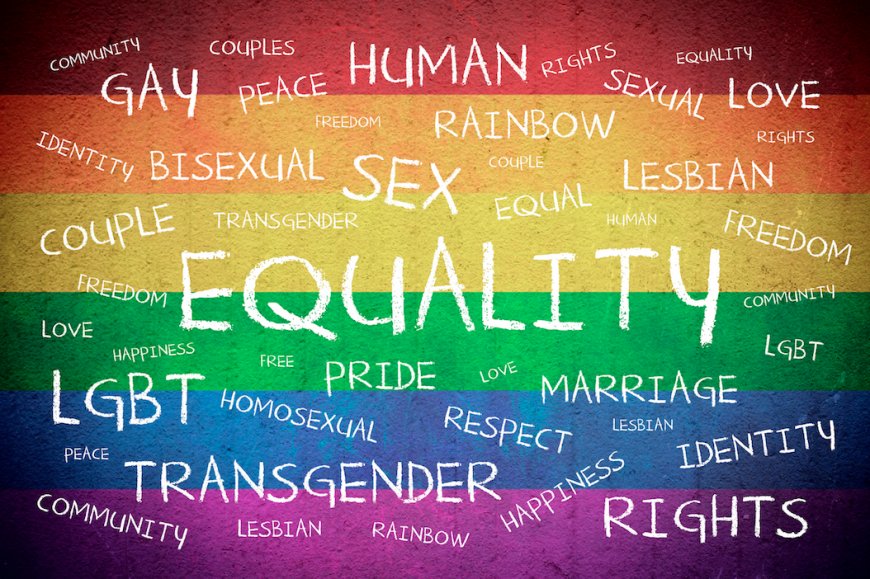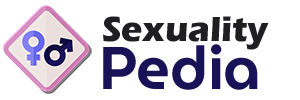Respectful Communication About Sexual Orientation and Identity
Master respectful and accurate language for discussing sexual orientation, identity, and relationships that honors diversity while avoiding harmful assumptions.

Sexual orientation and identity represent fundamental aspects of human experience that deserve respectful, accurate, and affirming communication in all settings. Yet these topics remain fraught with misconceptions, outdated terminology, and assumptions that can alienate, harm, or exclude individuals whose experiences don't fit heteronormative expectations. Developing respectful communication about sexual orientation and identity requires understanding the complexity and diversity of human sexuality while learning to use language that honors individuals' self-identification and lived experiences. This approach benefits everyone by creating more inclusive environments and fostering authentic relationships built on understanding and respect.
Understanding Sexual Orientation and Identity Complexity
Sexual orientation encompasses multiple dimensions including romantic attraction, sexual attraction, behavior, and identity, which may not always align in expected ways. This complexity requires communication approaches that avoid oversimplification while respecting individual experiences and self-identification.
Romantic and sexual attraction can vary independently, with some individuals experiencing strong romantic connections without sexual attraction (romantic asexual individuals) or sexual attraction without romantic feelings. Understanding this distinction helps avoid assumptions about relationships and supports more accurate, respectful communication about diverse experiences.
Sexual orientation exists on spectrums rather than in discrete categories, with many individuals experiencing fluid or changing attractions over time. Bisexual, pansexual, and queer identities often reflect this complexity, requiring communication that doesn't pressure individuals to choose binary categories or justify their identity labels.
The relationship between behavior and identity adds another layer of complexity that respectful communication must navigate. Some individuals may engage in same-sex behavior without identifying as LGBQ+, while others may strongly identify as gay or lesbian regardless of their current relationship status or sexual activity.
Self-identification remains the most important principle in respectful communication about sexual orientation. Individuals are the experts on their own identity, and respectful communication honors their self-understanding rather than making assumptions based on appearance, relationships, or behavior.
Evolving Terminology and Language
The language used to describe sexual orientation and identity continues to evolve as communities develop more precise and affirming terminology. Staying current with these changes while understanding their significance requires ongoing education and sensitivity to community preferences.
Historical terms like "homosexual" have largely been replaced by community-preferred terms like "gay," "lesbian," and "queer" that carry less clinical and pathologizing connotations. Understanding the evolution of this terminology helps explain why certain words may be received as outdated or insensitive even when used without harmful intent.
The reclamation of words like "queer" demonstrates how community ownership of language can transform potentially harmful terms into sources of pride and identity. However, this reclamation doesn't mean that all individuals are comfortable with these terms, requiring sensitivity to personal preferences and contexts.
Umbrella terms like "LGBTQ+" serve important functions in creating inclusive language while acknowledging that they cannot capture the full diversity of sexual and gender identities. Understanding both the utility and limitations of these terms helps in using them appropriately while remaining open to more specific identity labels.
Emerging terminology continues to develop as communities create language that better describes their experiences. Terms like "demisexual," "grey-asexual," and "aromantic" reflect growing recognition of diverse ways of experiencing attraction and relationships.
Assumptions and Heteronormative Language
Much everyday language contains assumptions about heterosexuality that can exclude or invalidate LGBQ+ individuals. Recognizing and adjusting these patterns creates more inclusive communication that welcomes people of all orientations.
Relationship assumptions appear in seemingly neutral questions like "Do you have a boyfriend?" or "Are you married?" These questions assume heterosexual relationships and can force individuals to either correct the assumption or remain invisible. More inclusive approaches might ask about "partners," "significant others," or "romantic relationships."
Family assumptions about marriage, parenting, and family structure often center heterosexual, cisgender experiences while marginalizing LGBQ+ families. Inclusive language acknowledges diverse family structures including same-sex couples, single parents by choice, and chosen families that may not follow traditional biological or legal definitions.
Professional and social contexts frequently include assumptions about employees' or community members' personal lives that default to heterosexual relationships. Creating inclusive environments requires examining these assumptions and developing communication practices that welcome all community members.
Identity Labels and Self-Determination
Respectful communication about sexual orientation requires understanding that identity labels serve different functions for different individuals and that the same person may use different labels in different contexts or at different times in their life.
Some individuals strongly identify with specific labels like gay, lesbian, or bisexual, finding community, pride, and clarity in these terms. Others may prefer broader terms like queer or may reject labels entirely while still experiencing non-heterosexual attraction. Both approaches deserve respect and support.
The timing of identity disclosure varies significantly among individuals based on personal readiness, safety considerations, and social context. Respectful communication never pressures individuals to disclose their orientation or justify their identity choices.
Multiple identity labels may be used simultaneously or sequentially as individuals find language that best describes their experiences. Someone might identify as both bisexual and queer, or might move between different labels as their understanding of themselves evolves.
Coming Out and Disclosure Considerations
Coming out represents an ongoing process rather than a single event, with individuals making decisions about disclosure in different contexts throughout their lives. Understanding this process helps create supportive communication environments that respect individual autonomy and safety.
The decision to come out involves complex considerations including personal safety, family relationships, employment security, and community acceptance. Respectful communication recognizes that some individuals may not be out in all contexts and avoids pressuring disclosure or making assumptions about openness.
Different levels of disclosure serve various needs and circumstances. Someone might be completely open in some contexts while remaining private in others, requiring sensitivity to these boundaries and respect for individual decision-making about visibility.
Supportive responses to coming out disclosures focus on affirming the individual's trust and courage in sharing rather than making the conversation about the listener's reaction or comfort level. Appropriate responses typically include thanking the person for sharing, affirming support, and asking how to be most supportive going forward.
Workplace and Professional Communication
Professional environments require particular attention to inclusive communication about sexual orientation, as workplace discrimination and heteronormative assumptions can significantly impact LGBQ+ employees' experiences and success.
Inclusive workplace communication avoids assumptions about employees' personal lives while creating environments where all employees can participate authentically in social conversations and relationship discussions. This includes using gender-neutral language when discussing employee benefits, social events, and family policies.
Professional development and networking opportunities should be accessible to LGBQ+ employees without requiring them to hide their identity or navigate uncomfortable assumptions about their personal lives. This requires attention to language use in professional communications and event planning.
Legal protections for LGBQ+ employees vary by jurisdiction, making inclusive communication both a matter of professional courtesy and potential legal compliance. Understanding applicable protections helps organizations create supportive environments that go beyond minimum legal requirements.

Healthcare and Service Provision
Healthcare and social service settings require particularly careful attention to inclusive communication about sexual orientation, as assumptions and biases in these contexts can have serious consequences for health and wellbeing.
Intake forms and initial conversations should use inclusive language that doesn't assume heterosexuality while gathering necessary information for appropriate care or service provision. This includes asking about "partners" rather than assuming opposite-sex relationships and providing inclusive options on forms and questionnaires.
Healthcare providers should understand that sexual orientation affects health risks, appropriate screening recommendations, and service needs in various ways. Inclusive communication enables providers to gather necessary information while providing culturally competent care.
Mental health services require particular sensitivity to issues related to sexual orientation, including minority stress, family rejection, and discrimination experiences that may affect LGBQ+ individuals' mental health and wellbeing.
Educational Environments
Educational settings from elementary school through higher education require inclusive communication approaches that support LGBQ+ students while creating welcoming learning environments for all students.
Anti-bullying policies and interventions should specifically address sexual orientation-based harassment while using inclusive language that validates diverse identities and experiences. This includes training staff to recognize and respond appropriately to LGBQ+-related bullying and discrimination.
Curriculum and educational materials benefit from inclusive language and examples that represent diverse family structures and relationships rather than exclusively featuring heterosexual couples and families. This representation helps all students see themselves reflected in their education.
Student support services should use inclusive language and be prepared to provide appropriate resources and referrals for LGBQ+ students who may face unique challenges related to their sexual orientation.
Family and Relationship Communication
Family conversations about sexual orientation require particular sensitivity, as family acceptance significantly impacts LGBQ+ individuals' mental health and wellbeing while family relationships may be complicated by religious, cultural, or generational differences.
Supportive family communication focuses on maintaining relationships and expressing love while working through questions or concerns about sexual orientation. This includes using appropriate language, asking respectful questions, and prioritizing the individual's wellbeing over family comfort with their identity.
Religious and cultural considerations in family conversations require balancing respect for family traditions with support for individual identity and authenticity. Many families find ways to maintain both religious faith and family relationships through dialogue, education, and pastoral counseling.
Extended family and social network conversations may require ongoing education and advocacy to create inclusive environments for LGBQ+ family members. This includes modeling appropriate language use and challenging inappropriate comments or assumptions.
Media Representation and Public Discourse
Media representation of sexual orientation and LGBQ+ individuals significantly influences public understanding and attitudes, making respectful communication in media contexts particularly important for broader social acceptance and inclusion.
News reporting about LGBQ+ individuals and issues should use current, community-preferred terminology while avoiding sensationalism or focusing exclusively on challenges and discrimination. Balanced reporting includes positive stories and diverse experiences within LGBQ+ communities.
Entertainment media increasingly includes LGBQ+ characters and storylines, requiring attention to authentic representation that avoids stereotypes while reflecting the diversity of LGBQ+ experiences. Respectful representation includes consulting with community members and using appropriate language and terminology.
Social media communication about sexual orientation should model respectful language use while challenging misinformation and harmful stereotypes. This includes using appropriate hashtags, terminology, and framing when discussing LGBQ+ issues and experiences.
Intersectionality and Multiple Identities
Respectful communication about sexual orientation must acknowledge that individuals have multiple, intersecting identities that shape their experiences in complex ways. This intersectional understanding avoids treating sexual orientation as separate from other aspects of identity and experience.
Racial and ethnic identity intersects with sexual orientation in ways that create unique experiences and challenges. LGBQ+ people of color may face discrimination in both LGBQ+ and racial/ethnic communities, requiring communication approaches that acknowledge these complex experiences.
Religious and spiritual identity intersects with sexual orientation in diverse ways, with some individuals finding conflict between religious teachings and sexual identity while others integrate both aspects of themselves successfully. Respectful communication avoids assumptions about compatibility or conflict between these identities.
Socioeconomic status, geographic location, disability status, and other identities also intersect with sexual orientation to create diverse experiences that require nuanced, respectful communication approaches.

Addressing Mistakes and Learning
Even well-intentioned individuals will sometimes use inappropriate language or make assumptions about sexual orientation that exclude or offend LGBQ+ individuals. Developing skills for addressing these situations constructively supports continued learning and relationship building.
When mistakes occur, brief acknowledgment and correction demonstrate respect while avoiding over-focusing on the error in ways that center the mistake-maker's discomfort over the affected individual's experience. Appropriate responses typically include apologizing briefly, making the correction, and moving forward with improved language use.
Learning from mistakes requires ongoing education about LGBQ+ experiences and current terminology preferences. This education should come primarily from educational resources, advocacy organizations, and professional development rather than expecting LGBQ+ individuals to provide constant education about their experiences.
Creating feedback mechanisms allows LGBQ+ community members to provide input about communication approaches and language use in various settings without fear of retaliation or negative consequences.
Global and Cultural Considerations
Respectful communication about sexual orientation must navigate diverse global and cultural contexts where attitudes, legal protections, and social acceptance vary significantly.
International contexts require understanding that sexual orientation experiences and terminology may vary across cultures while maintaining commitment to respectful communication and human dignity. This includes recognizing that Western LGBQ+ terminology may not translate directly to other cultural contexts.
Immigration and refugee communities may include individuals fleeing persecution based on sexual orientation, requiring particularly sensitive communication approaches that understand trauma and safety concerns.
Cross-cultural competency in sexual orientation communication requires ongoing education about diverse cultural approaches to sexuality and gender while maintaining commitment to inclusive, respectful language use.
Future Directions and Continued Evolution
Communication about sexual orientation continues to evolve as communities develop new language and understanding while advocating for greater acceptance and inclusion in all aspects of society.
Generational differences in language use and comfort levels require ongoing attention to emerging terminology and changing attitudes while maintaining respect for individual preferences and experiences across age groups.
Legal and policy changes continue to affect the contexts in which respectful communication about sexual orientation occurs, requiring ongoing attention to changing protections and requirements in various settings.
The goal of respectful communication about sexual orientation is creating environments where all individuals can participate authentically and fully regardless of their sexual identity, through language and practices that honor diversity while building understanding and connection across different experiences and communities.











